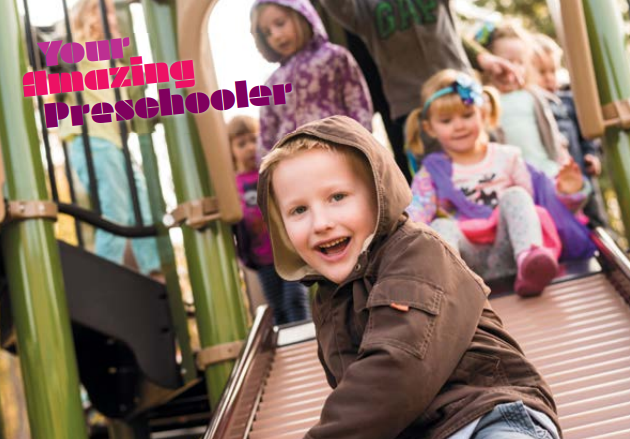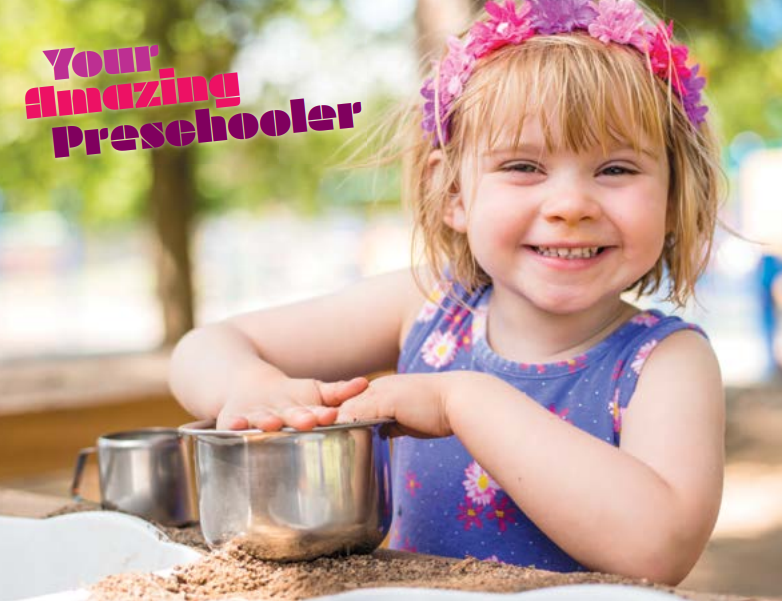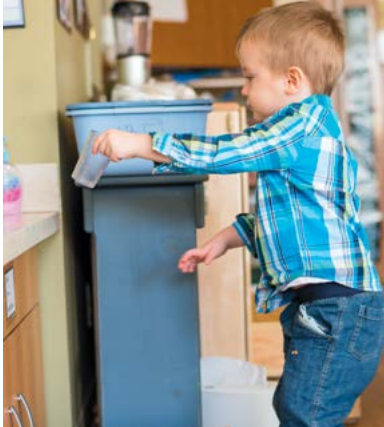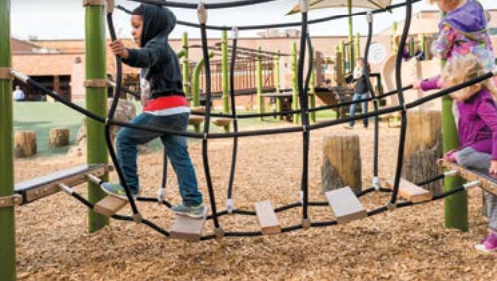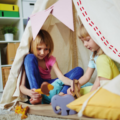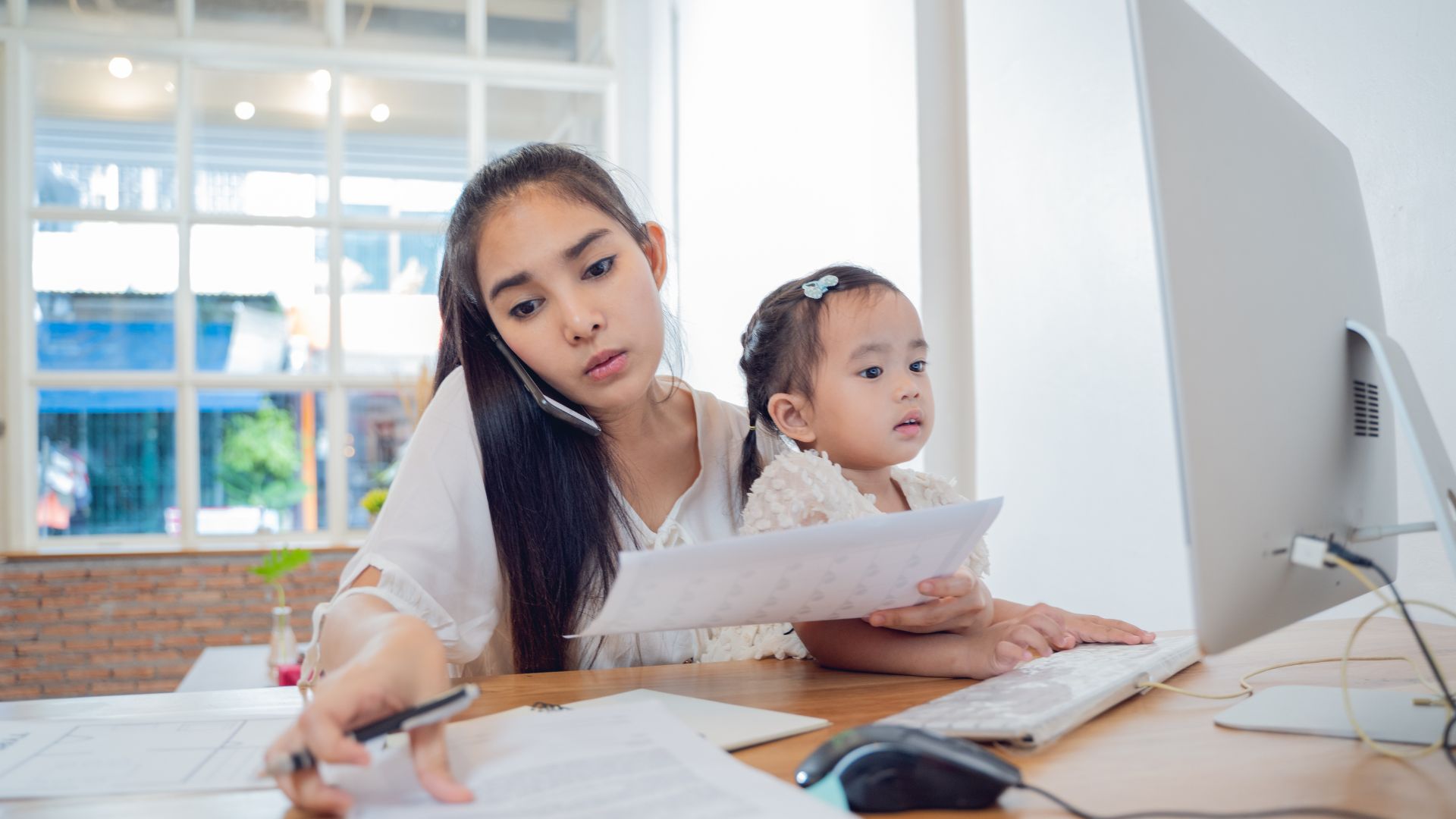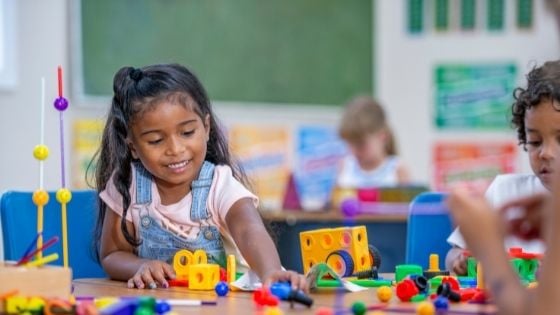Do you ever wonder how preschool teachers get 18 children (or more) from their classrooms to the playground when you struggle to get your one child out the door in the morning?
Wonder no more: Local teachers-turned-authors Deb Ellsworth and Tina Charney are letting you in on the tricks of the trade.
Their book, Your Amazing Preschooler: How You Can Have the Same Capable, Confident and Cooperative Child at Home That Teachers Have at School, offers tips and tools to bring out the best in your amazing preschooler.
Ellsworth and Charney, offering a combined 40 years of training and expertise, focus on building child competencies in five developmental areas — emotional, social, behavioral, cognitive and creative.
Unlike many parenting books, which focus on changing unwanted behaviors in children, Your Amazing Preschooler concentrates on the many positive strengths a young child has, and builds on those.
This shift in attitude and perspective is crucial, according to the authors, who explain tried-and-true techniques taken from the preschool classroom — and show parents how to use them at home.
How old is a typical preschooler?
Though most child-care centers define the age range as 3 to 5, keep in mind that children mature at different rates — and not evenly in all developmental areas — so Your Amazing Preschooler could be used by parents of kids who are 2 to 6 or even 7 years old.
Here’s a quick look at some of the tips Ellsworth and Charney offer in the book:
Use school tools
Children — being primarily hands-on, visual and auditory learners — respond well to these kinds of cues at home as well school.
Pictures, for example, can help children identify activities, jobs and even transitions.
Take photos of your children accomplishing different tasks, such as eating breakfast or brushing their teeth. Post the pictures where children can check them.
Displaying images of your child doing his or her bedtime routine, morning routine or even daily chores — perhaps in a desired order — can also be effective.
Advance auditory signals combined with visual warnings can help with transitions, too, such as a five-minute verbal announcement followed by lights out or the sound of a bell.
Songs, rhythms and sounds that are associated with specific transitions or times of day are also beneficial.
Come up with a silly song or chant that signals to your child it’s time for departure or dinner.
If you have a train whistle, for example, you can tell your child it’s time to “get on board” with a quick toot-toot before you leave the house.
One mother with a child at St. David’s preschool tried that very trick and later told the teachers, “You saved my life!”
Focus on the positive
Ninety percent of what teachers or parents say to children should be positive, conversational and relationship-building, instead of directions or corrections, according to Ellsworth and Charney.
Pay attention to what you say to your child. For example, instead of directing your child in how much and what to eat at dinner, engage in pleasant conversation.
Do you lead with positivity? Instead of focusing on their many inherent weakness, help children build on their strengths. Meet them on their level, not yours. Rather than trying to correct problems, try to understand and work with — not against — the child.
Inspire emotional competence
Express your own emotions verbally. Use your words.
Remember, managing the emotion doesn’t mean bottling it up: Teach your children how to “name it, claim it and tame it” when it comes to their many strong feelings. (You can model this technique when your own emotions threaten to take over, too.)
Name it: Identify an emotion — “I’m feeling frustrated,” or “I’m feeling sad.”
- Use puppets — another teacher tool — to demonstrate how to express feelings appropriately.
- Make a “feelings wheel” with pictures of different feelings: This can help children name their emotions when they can’t articulate them. (Download a simple feelings wheel at youramazingpreschooler.com.)
- Remember, it’s OK for your child to have unhappy emotions, and to need space, Ellsworth and Charney said. Children need to feel sad, angry, worried and frustrated in order to learn how to get themselves into a happier state.
- Speak in a calm voice, and use imagery to help children label what your child might be feeling, such as volcano that’s about to explode or very fast car engine that’s out of control.
Claim it: Express the emotion in an appropriate way. It can help to use stuffed animals or puppets to act out feelings. Keep in mind that yelling is counterproductive: It scares kids, and teaches them to express frustration through anger directed at others.
Tame it: Find healthy ways to feel better. If your child is angry, for example, try these activities with him or her: Take slow, deep breaths; hold your child’s hands while your child jumps up and down; or count out loud.
Encourage behavioral independence
Eating, dressing, conflict resolution and cleaning up — find ways for your children to accomplish these tasks on their own.
Model positive expressions about food, expose them to many different kinds of food and assume they’ll eat what’s in front of them. Let them eat what and how much they want, in whatever order they like.
Make sure their clothes are easy to put on and take off (think elastic waistbands instead of zippers and buttons), and encourage them to choose what they’re going to wear. Teach them the “dip and flip” technique for putting on jackets. (See pictures of the technique at tinyurl.com/dip-flip.)
Let kids find their own resolutions to problems. Parents don’t have to be “judge and jury” for every conflict between siblings.
Children often think of compromises or ways to deal with problems that wouldn’t necessarily occur to grown-ups, but that they find satisfying.
Ellsworth and Charney tell the story of two children who were fighting about who could put in the last piece of the puzzle they were doing. On their own, they decided to first have one child put it in, then take it out and have the other child put it in.
Give your child jobs, such as spraying and wiping down the table or sorting and putting away silverware. These household chores not only encourage behavioral independence, they also help develop fine and gross motor skills.
Creative and imaginative play isn’t just fun for kids, it fosters social, emotional, cognitive and physical learning.
Foster creativity
Preschools typically provide numerous opportunities for children to play pretend — and parents can do the same at home without much effort or expense, according to Ellsworth and Charney.
Wondering what to do with old phones, dishes, briefcases, purses, cameras? Instead of sending them to the landfill, add them to your child’s “imagination box.”
Give your child open-ended toys and materials such as boxes, cardboard tubes, blocks, stuffed animals, dolls, dress-up clothes and even rocks.
Toys that do only one thing will be discarded quickly, but open-ended toys contain endless variations and possibilities.
Encourage your child to answers questions themselves, rather than looking to you for the answer. Play brainstorming games: What could this be? How many different ways could you climb a mountain? Play fluency games: How many animals can you think of that live in water? Play games in the car: Can you spot something out the window that’s smaller than a doughnut or softer than a feather?
Creative play may seem like pure and simple fun, but it also enhances life skills in key developmental areas — social, emotional, cognitive, physical, problem-solving and more.
Kids in preschool at St. David’s Center for Child & Family Development in Minnetonka are encouraged to take on age-appropriate tasks, such as cleaning up, which can help them develop confidence and behavioral independence.
Nurture learning pathways
Remember, children learn through play, imitation, observation and action.
As teachers do at school, parents can do at home, giving children the opportunities and means to become more competent, and to enhance true self-confidence to help them eventually become successful adults — parents, spouses, workers and citizens.
Remember to appreciate your amazing preschooler, amidst all the hectic-ness of everyday living. Share with your child the joy of discovery of the whole world, and the thrill of increasing mastery.
Preschoolers are capable of practicing basic social skills — such as making friends, resolving conflicts and taking personal responsibility — at home as well as at school.
The book-
Check out Deb Ellsworth and Tina Charney’s book — Your Amazing Preschooler: How You Can Have the Same Capable, Confident and Cooperative Child at Home That Teachers Have at School .
Maura Dunst is the communications coordinator at St. David’s Center for Child & Family Development in Minnetonka, which includes a preschool, a children’s mental health clinic, an autism center and a pediatric therapy clinic. Learn more at stdavidscenter.org.



